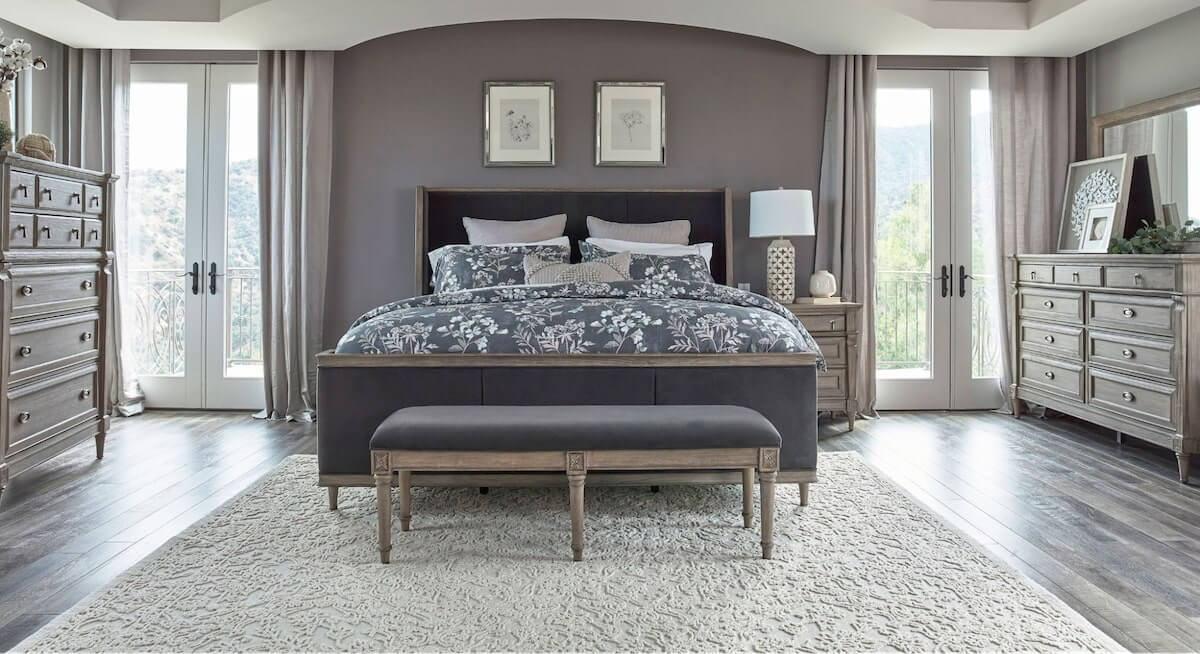Item removed from Wish List!
Item added to Wish List!
Learn the essentials of neoclassical interior design to incorporate it into your home and create a look that exudes timeless elegance.

By clicking “Accept All Cookies”, you agree to the storing of cookies on your device to enhance site navigation, analyze site usage, and assist in our marketing efforts. More Information